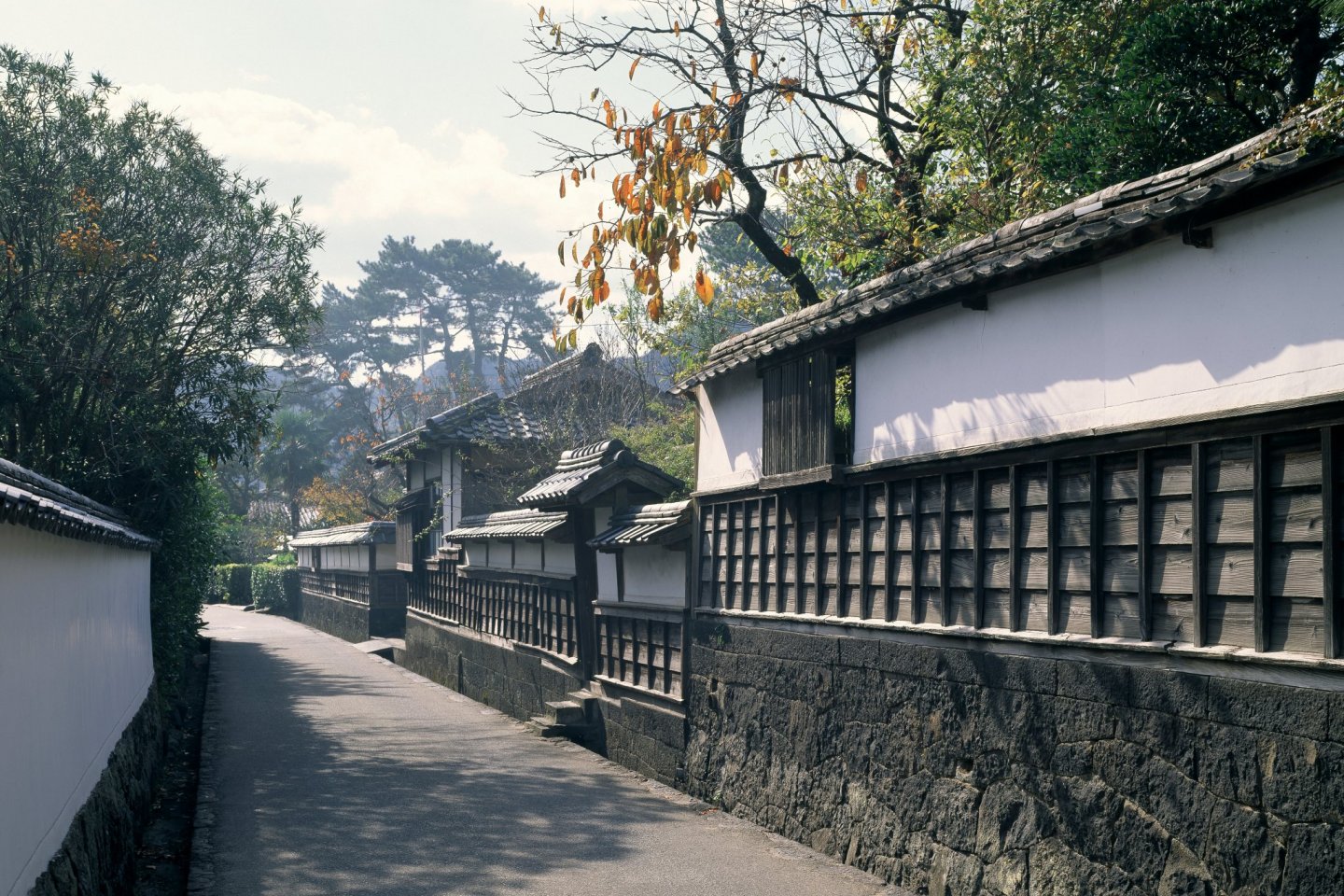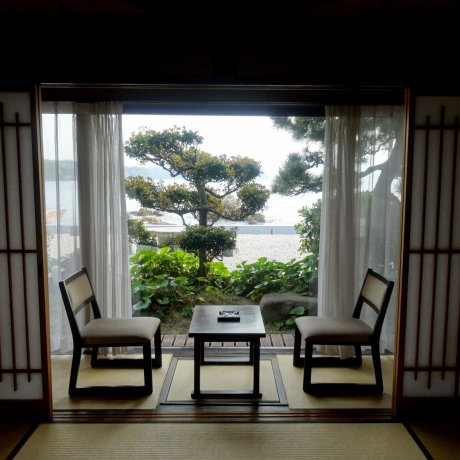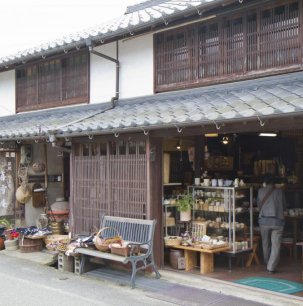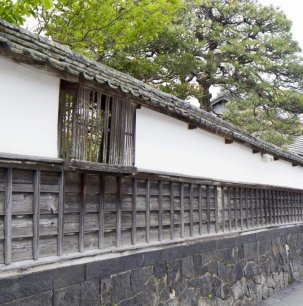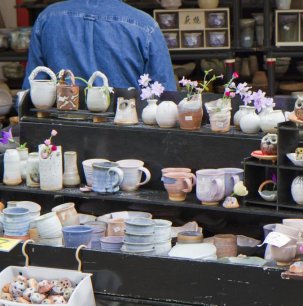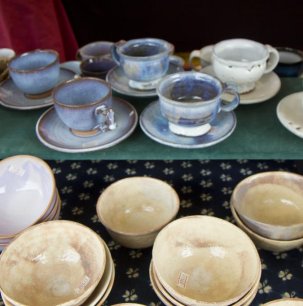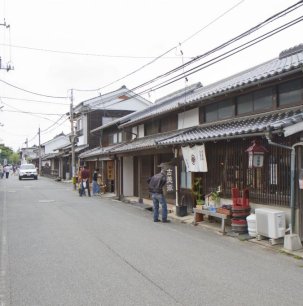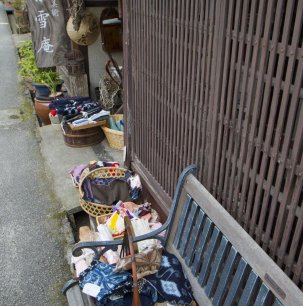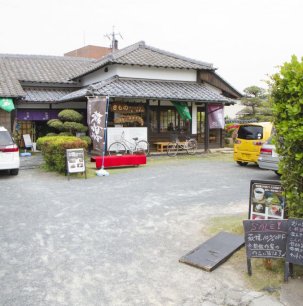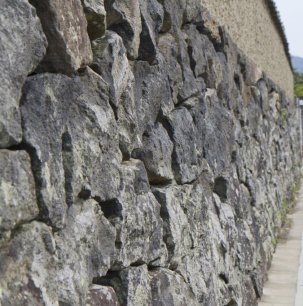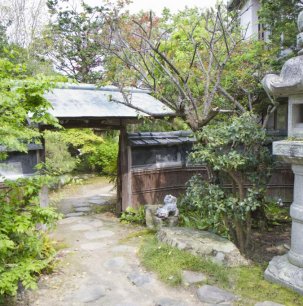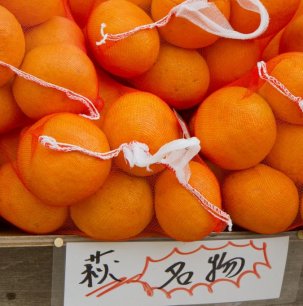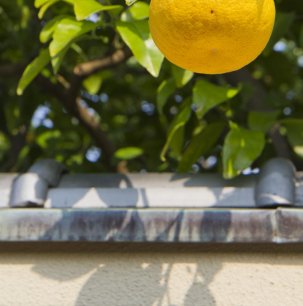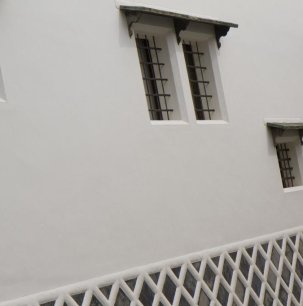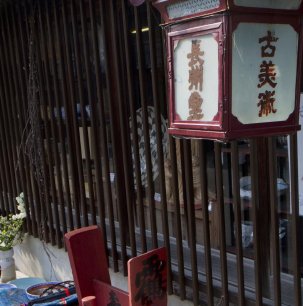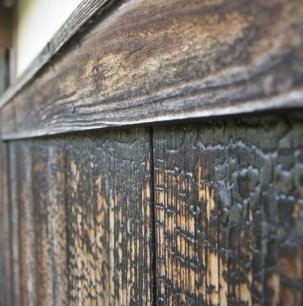
Things to do in Hagi
All
Activities
Culture
Food

66

Culture
11 Things to Do Hagi City
28

Culture
The Road to Hagi Yaki
585
4

Culture
Hagi Has It All
459
10
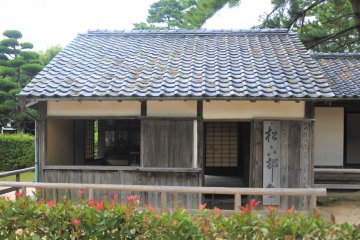
Culture
Shoka Sonjuku School
2
1

Culture
Ensei-ji Temple, Yamaguchi
2
2

Food
Hotoritei Café
1
5

Activities
Enjoy a Wonderful Time in Hagi Castle Town
98
3
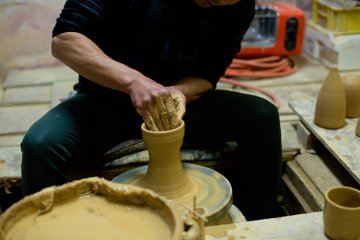
Culture
Pottery Experience in Hagi
3
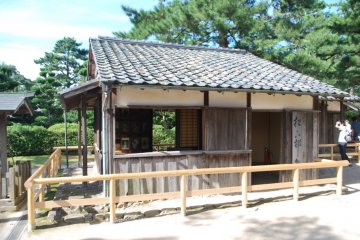
Culture
Scholarly Shoin Jinja in Hagi
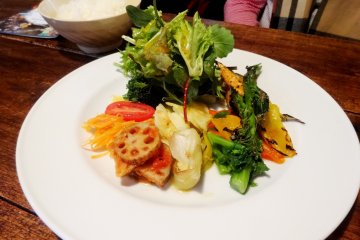
Food
La Ceiba
1
2
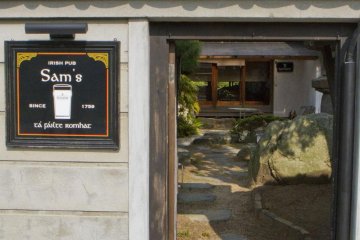
Nightlife
Sam’s Irish Pub & Hotori Tei Café
2
6
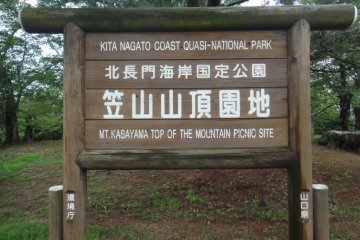
Activities
Kasayama in Hagi-city

Activities
Enjoy a Wonderful Time in Hagi Castle Town
98
3

Activities
Kasayama in Hagi-city

Culture
11 Things to Do Hagi City
28

Culture
The Road to Hagi Yaki
585
4

Culture
Hagi Has It All
459
10

Culture
Shoka Sonjuku School
2
1

Culture
Ensei-ji Temple, Yamaguchi
2
2

Culture
Pottery Experience in Hagi
3

Culture
